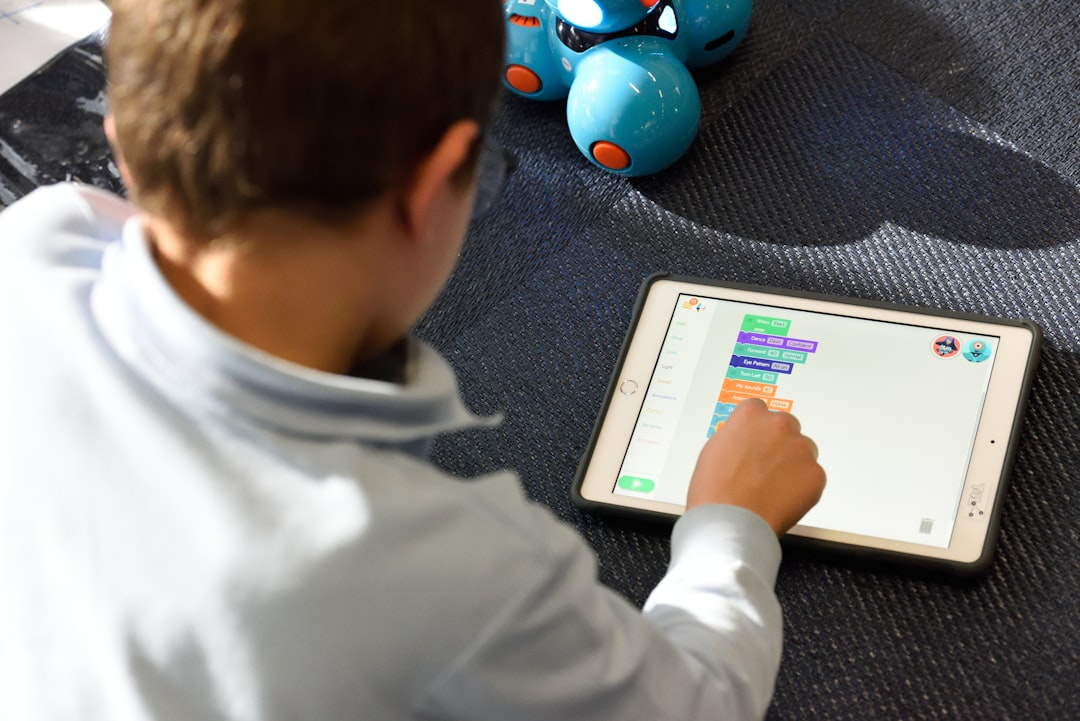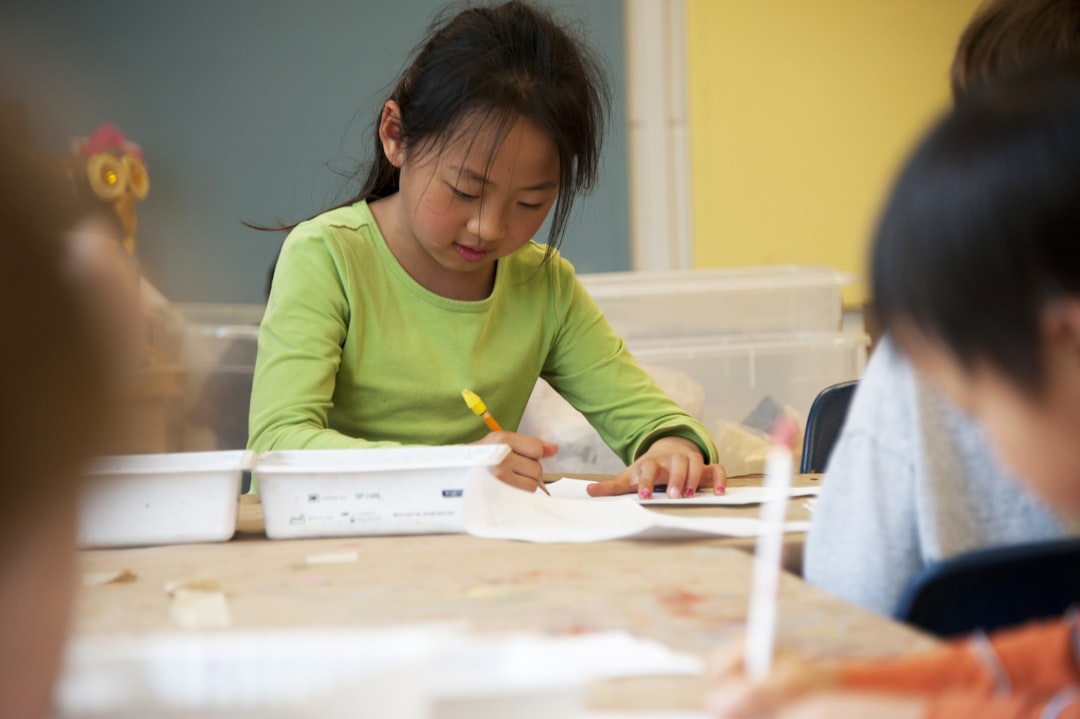In an era where education transcends traditional classroom boundaries, learning at home has become a pivotal aspect of child development. As parents and guardians strive to create enriching and effective educational environments, understanding the nuances of home learning is essential. This comprehensive guide explores practical strategies and innovative approaches to enhance your child’s learning experience at home, ensuring they remain engaged, motivated, and continuously evolving in their educational journey.
The Role of a Structured Environment
Creating a dedicated learning space at home is crucial. This area should be quiet, well-lit, and free from distractions, mimicking the structured environment of a classroom. Equip the space with necessary supplies like pens, paper, and textbooks. Technology also plays a significant role; ensure reliable access to a computer or tablet, which are essential for research and accessing educational resources. Importantly, this space should signal to your child that it’s time to focus and learn, distinguishing it from other home activities.
Embracing Technology and Online Resources
In today’s digital age, technology is not just a tool but a vital component of educational engagement. Interactive learning apps, educational videos, and online courses can cater to various learning styles and subjects. Platforms like Khan Academy, Coursera, or even YouTube offer extensive resources for supplementing traditional learning or exploring new interests. However, it’s crucial to balance screen time with other forms of learning and ensure online safety practices are in place.
Incorporating Play and Practical Learning
Learning at home shouldn’t be confined to textbooks. Incorporate play into the curriculum to make learning enjoyable and impactful. Educational games, puzzles, and DIY science experiments are excellent ways to teach problem-solving and critical thinking skills. You can also use everyday household tasks as teachable moments, such as cooking to explain basic math concepts or gardening to discuss biology.
The Importance of a Balanced Routine
While flexibility is one of the benefits of home learning, maintaining a balanced routine is key to a child’s success. Establish a daily schedule that mirrors school with designated times for learning, breaks, and leisure activities. This routine helps inculcate discipline and time management skills while preventing burnout. Ensure you include physical activities and downtime to keep your child well-rounded and mentally healthy.
Continuous Assessment and Adaptation
Continuous assessment is pivotal in a home learning environment. Regularly track your child’s progress through quizzes, assignments, and informal assessments to identify areas of strength and those needing improvement. This feedback loop allows you to adapt teaching methods and materials to better suit your child’s learning needs, ensuring they are always challenged yet not overwhelmed.
In conclusion, home learning is a dynamic and multifaceted approach to education that requires dedication, creativity, and patience. By setting up a structured environment, leveraging technology, integrating play, maintaining a routine, and continuously adapting to your child’s needs, you can provide a comprehensive and fulfilling educational experience right at home.






